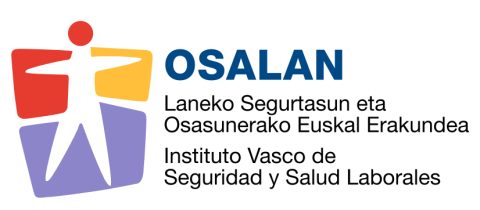The Digital Twin (DT) is a disruptive technology currently used in the manufacturing industry for product and process optimisation, but with applications still emerging in the field of Occupational Health and Safety (OHS).
Furthermore, it is one of the five enabling technologies underpinning the new concept of Industry 5.0 (I5.0).
Digital twins in Industry 5.0 with a Human Centric approach
Digital Twins can contribute significantly to improving productivity in new Industry 5.0 (I5.0) manufacturing scenarios, but they can also contribute to the emergence of new occupational health and safety (OHS) risks that may condition their adoption. The strategy to bridge this barrier is to deploy a Human Centric (HC) Digital Twin approach, from the design stage and throughout its life-cycle in order to prevent and/or mitigate such risks.
The Human Centric approach is one of the pillars of the new Industry 5.0 paradigm promoted by the European Commission (EC), which envisions a resilient and competitive industry of the future, in which the safety and well-being of workers are at the heart of the production process.
What technological solutions does the HumanDT project offer?
The HumanDT project explores the incorporation of the Human Factor (HF) in the industrial design and implementation of Digital Twin (DT) technology, in order to improve OHS and the competitiveness of the European manufacturing sector, with a dual purpose:
- To learn about existing experiences regarding Digital Twin (DT) in manufacturing, as well as the occupational health and safety problems resolved and, in some cases, created by this new digital technology.
- To provide practical guidance to designers and end-users of DT technology on the integration of the human centric approach in the design and deployment of this technology in manufacturing processes and Industry 5.0 workplaces through a Methodological Guide.

Methodological approach
To fulfil the project objective, the methodological approach will be implemented in four steps:
- Firstly, the scientific (and grey) literature will be mapped to obtain an overview of the implementation of Digital Twin technology in manufacturing, its applications in occupational health and safety and the applicability of Human Centric and “Safe by Design” (SbD) methodologies in the design and implementation of this digital technology.
- Based on the study carried out in the previous step, the Human Centric and Safe by Design SbD approaches will be built and integrated into a common vision that will be used as a support structure to develop the methodological guide foreseen in the next step.
- In this stage, a Methodological Guide for the design and implementation of Digital Twins in manufacturing, aligned with a Human Centric (HC) Industry 5.0 approach, will be developed. The conception and development of this Guide will be based on project research and a series of interviews with relevant companies, designers and users of Digital Twins, aimed at compiling experiences and lessons learned to support the practical design of the Guide.
- Finally, a set of activities will be deployed to communicate and disseminate the project results.
TECNALIA in the HumanDT project
The objective of the project is to work on preventing the risks that may be associated with digitalisation and to ensure that technology is a complement and never a replacement of the role of humans in industry.
This project has been funded by the Basque Institute for Occupational Health and Safety (OSALAN) and the Finnish Work Environment Fund (FWEF) within the framework of the SAFERA 2024 call.
Funding


2024 Call


